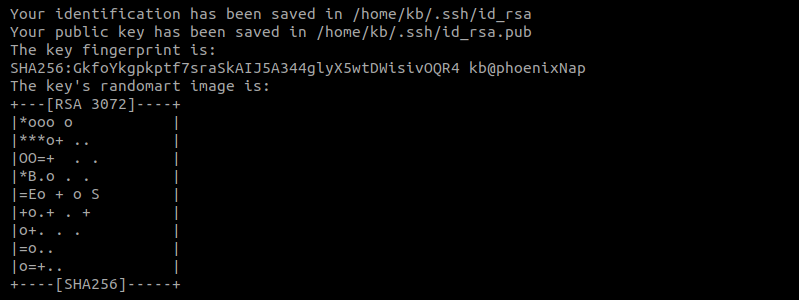

- Add ssh key to sourcetree full#
- Add ssh key to sourcetree password#
- Add ssh key to sourcetree crack#
- Add ssh key to sourcetree keygen#
- Add ssh key to sourcetree windows#
Once you have generated the SSH key pair, you need to add the public key to your Linux machine. This can be done using the ssh-keygen command.
Add ssh key to sourcetree windows#
First, you need to generate an SSH key pair on your Windows machine. You can edit the Label of a key after it has been added, but you will not be able to modify its contents.Īdding an SSH key from Windows to Linux is a two-step process. If you’ve already added keys, they’ll be on this page as soon as they’re added. You can either use your existing key or generate a new one from the terminal. You can generate a key by holding down the OPTION key on your keyboard. By changing the remote URL to your SSH URL, you can clone a HTTPS file again.

If you do not already have a key for your account, you will need to set it up in order for it to function.Įven if you add a key, you can change the Label of the key, but not the key itself. To access your Bitbucket repository via HTTPS, use Sourcetree, which can be used with an already-established SSH key. In Step 1, you saved a private key file, and now you have access to the file via Open. The process is simple: Load your private key into pageant and verify it. On Bitbucket, you can save both your public key and private key. To generate an SSH key, use PuTTY Key Generator. The following command copies the output to the clipboard on MacOS. If you already have a repository that was HTTPS-cloned, change the remote URL to its SSH URL. Windows provides a way to generate an SSH key through Sourcetree.
Add ssh key to sourcetree full#
Make sure the full path to the key is specified if you want to create a key with a name other than the default. Unless a reason exists for altering it, we recommend keeping the default key name. To accept the default location, press the Enter or Return keys. You can save the key by entering the file/Users/emmap1/.ssh/id_rsa. The path to the private key file must be followed by the enter key, then the ‘add’ key. Agent pid 9700 is a eval command that is used to generate the Agent ID. Run the steps below to get the agent started. Please insert the key into the ssh-agent. Set up a public key file named sh/id_rsa.pub, and then copy its contents to your.ssh/id_rsa.pub file (or something similar). Unless there is a compelling reason to change the default key name, we recommend sticking with it. When you enter a user’s name into the /Users/ directory, the system adds the user’s key to the /username/ ssh file. Using this guide, you can create a default identity and key pair for Git on Windows. Once you have generated the key pair, you will need to add the public key to your account on the server. How Do I Set Up An Ssh Key?Ĭredit: To set up an SSH key, you will need to generate a key pair using a program such as ssh-keygen.
Add ssh key to sourcetree password#
You will be unable to enter a password in this command, and you will receive a 2048-bit RSA key. You can take flags if you want to change the type of key that is generated, as well as the signing algorithms used to generate the key.
Add ssh key to sourcetree keygen#
When creating a key on your Linux server, use the following command: On the other hand, the SSH keygen is not available. You will be given this key to securely log in to the server and authenticate yourself. The fifth step is to convert the PEM private key to the new format, and the key for subsequent log-ins should be the same.īefore you can use SSH on your Linux server, you must first generate a SSH key. As part of step 4, modify the file /root/.ssh/id_rsa to change the path to ‘rsa,’ and ensure that your connection is secure with the key included in PermitRootLogin. The third step is to disable the root password in order to gain root access. As a result, the victim is given more time to prevent the attempted hacking.
Add ssh key to sourcetree crack#
Unauthorized users will be unable to access their allied accounts until they can crack the passphrase in the unlikely event that a passphrase- secure private key falls into their possession. However, this is not required if you are an administrator, as stated in the preceding question.

The following is a step-by-step guide for installing SSH Keys on a Linux server. Although a password is still at risk of being cracked, brute force is ineffective for determining SSH keys. With SSH keys, it is possible to sign in to a server without the need to use a password, as opposed to using a dictionary or an HTTP connection. You can also store your SSH keys in the /etc/ssh directory or in your user’s home directory. The most common place is in the ~/.ssh directory. Credit: There are a few different places that you can store your SSH keys in Linux.


 0 kommentar(er)
0 kommentar(er)
